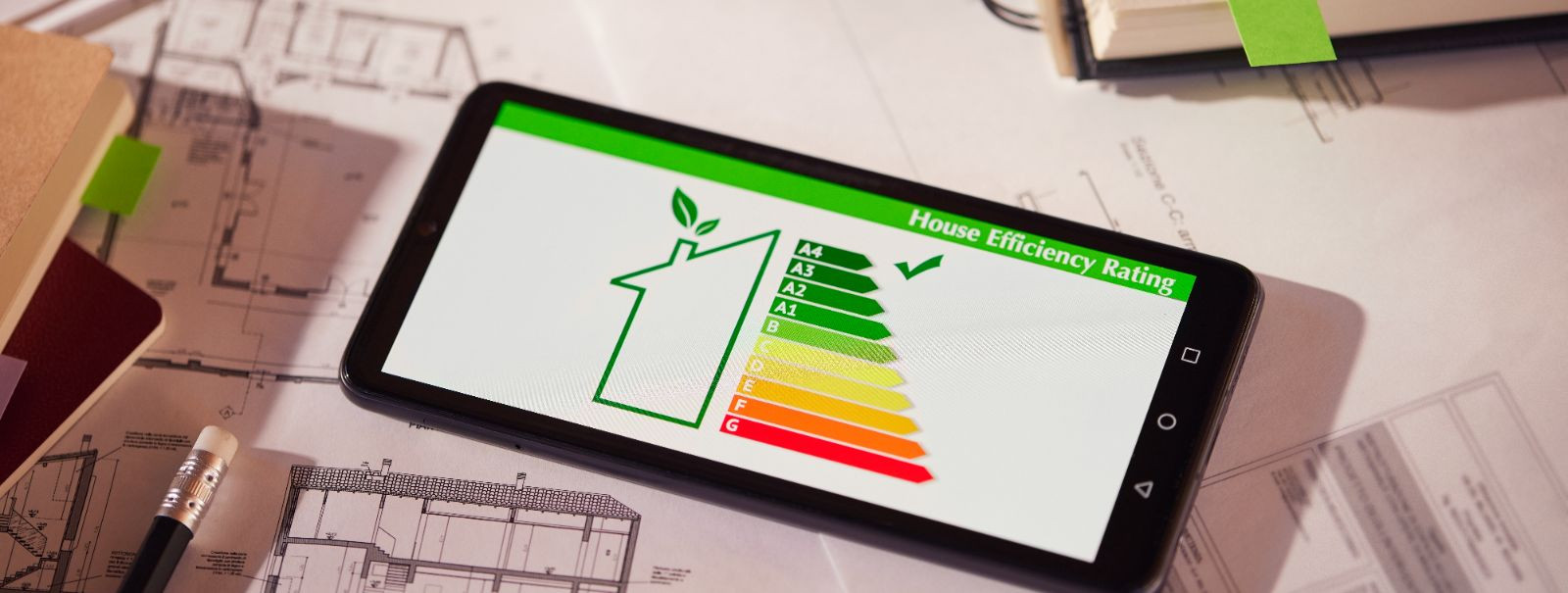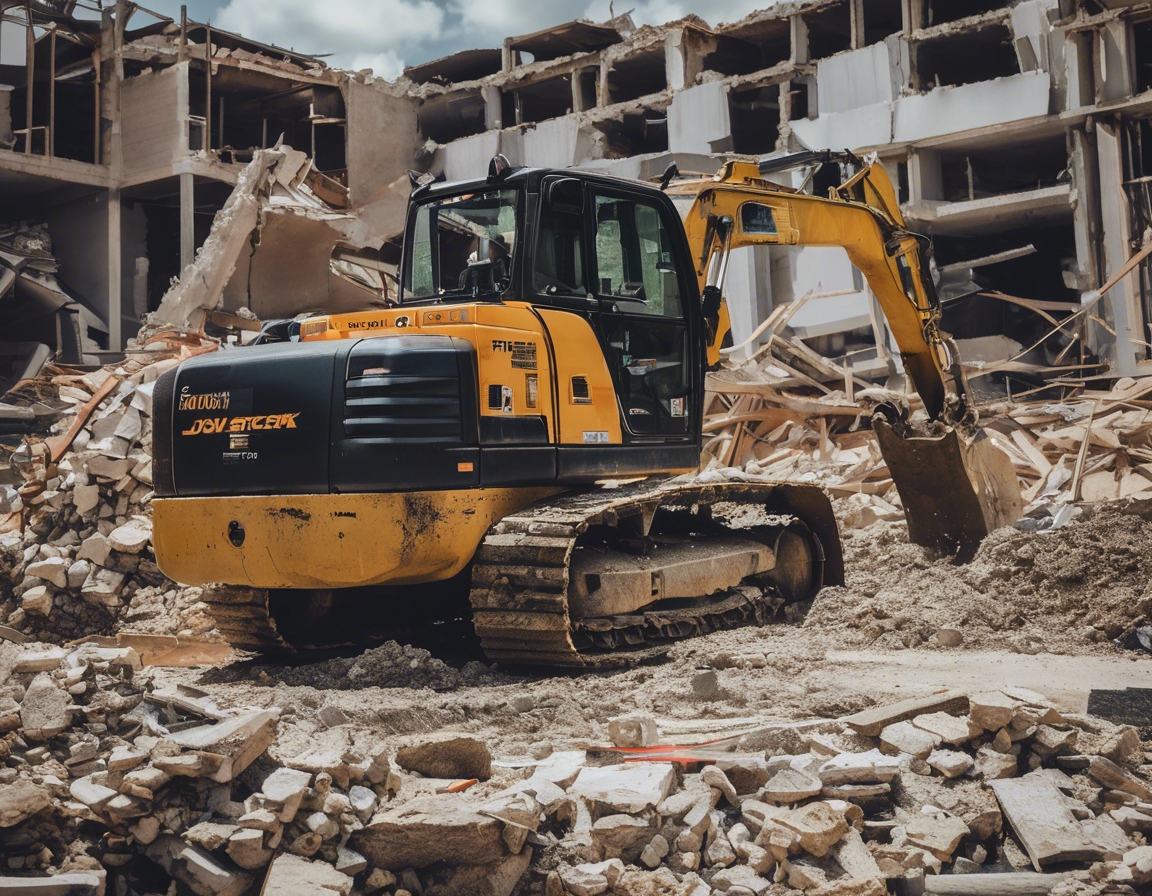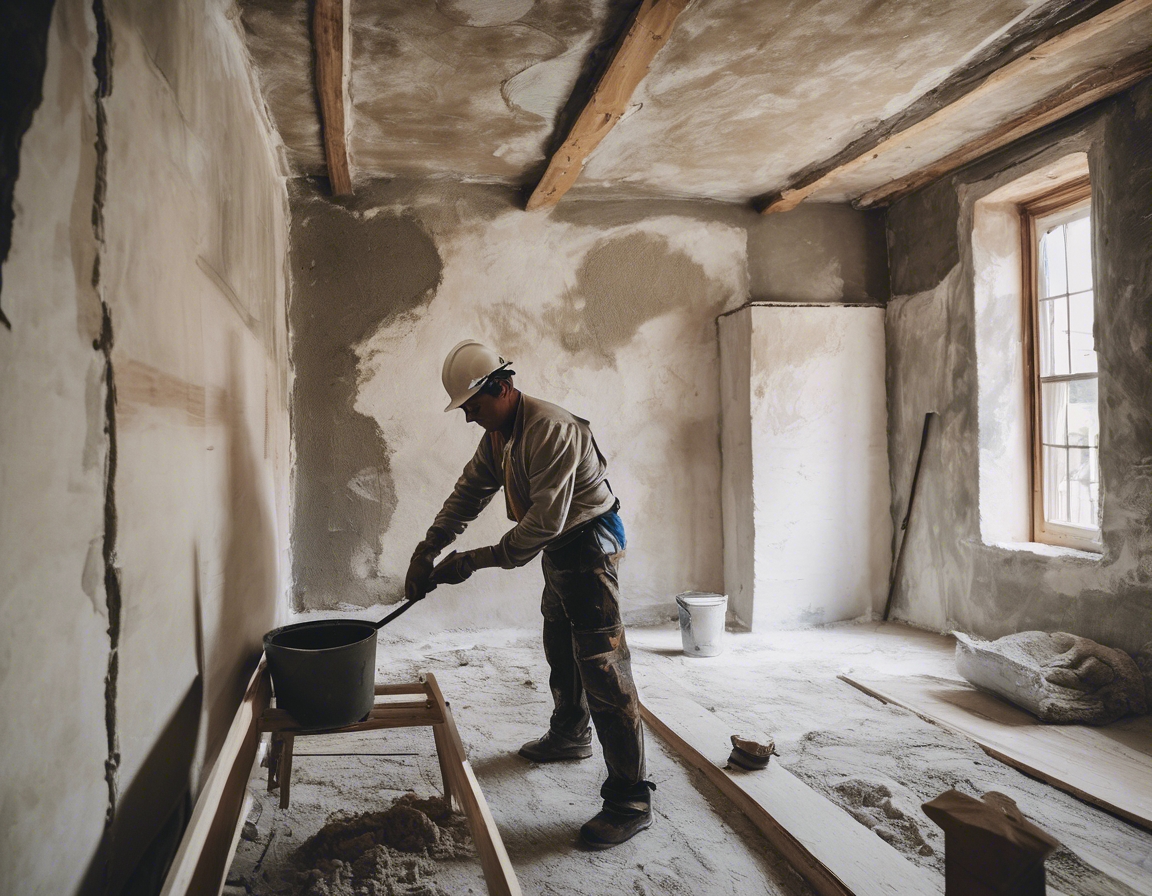The importance of energy efficiency in modern construction
In the modern era, the construction industry is increasingly focusing on energy efficiency as a critical component of sustainable building practices. Energy efficiency in construction refers to the use of design, materials, and technologies that reduce energy consumption while maintaining or improving the comfort and functionality of a building. This approach not only helps in reducing the carbon footprint but also offers significant economic and health benefits to homeowners and businesses.
Benefits of Energy Efficiency in Modern Construction
Energy-efficient buildings contribute significantly to environmental sustainability. By reducing energy consumption, these buildings lower greenhouse gas emissions, which are a major contributor to climate change. Energy-efficient construction practices also promote the use of sustainable materials and renewable energy sources, further minimizing environmental impact.
Investing in energy-efficient construction can lead to substantial cost savings over time. Energy-efficient buildings typically have lower utility bills due to reduced energy consumption. Additionally, they often qualify for tax incentives and rebates, further enhancing their economic appeal. For businesses, energy efficiency can also translate into increased property value and marketability.
Energy-efficient buildings provide a more comfortable and healthier indoor environment. Improved insulation and ventilation systems help maintain consistent indoor temperatures and air quality, reducing the risk of mold and allergens. This leads to better health outcomes for occupants and enhances overall well-being.
Key Elements of Energy-Efficient Construction
Proper insulation and a well-designed building envelope are fundamental to energy efficiency. These elements prevent heat loss in winter and keep buildings cool in summer, reducing the need for heating and cooling systems. High-quality insulation materials and airtight construction techniques are essential for maximizing energy efficiency.
Windows and doors are critical components of a building's energy performance. Energy-efficient models are designed to minimize heat transfer, using advanced glazing technologies and materials. Proper installation and sealing are also crucial to prevent air leaks and ensure optimal performance.
Heating, ventilation, and air conditioning (HVAC) systems are major energy consumers in buildings. Energy-efficient HVAC systems use advanced technologies to optimize performance and reduce energy use. Regular maintenance and smart thermostats can further enhance their efficiency.
Incorporating renewable energy sources, such as solar panels or wind turbines, can significantly enhance a building's energy efficiency. These systems provide clean, sustainable energy, reducing reliance on fossil fuels and lowering overall energy costs.
Energy Efficiency Standards and Certifications
The Leadership in Energy and Environmental Design (LEED) certification is a globally recognized standard for green building. It provides a framework for implementing practical and measurable green building design, construction, operations, and maintenance solutions.
Passive House standards focus on achieving high energy efficiency through rigorous design and construction principles. These standards emphasize airtightness, high-performance windows, and balanced ventilation systems to minimize energy use.
The Building Research Establishment Environmental Assessment Method (BREEAM) is another leading sustainability assessment method for master planning projects, infrastructure, and buildings. It recognizes and reflects the value in higher performing assets across the built environment lifecycle, from new construction to in-use and refurbishment.
Challenges and Solutions in Implementing Energy Efficiency
While the initial investment in energy-efficient construction can be higher, the long-term savings and benefits often outweigh the costs. Financial incentives, such as grants and rebates, can help offset initial expenses and make energy-efficient construction more accessible.
Advancements in building technologies and materials are continually improving the feasibility and effectiveness of energy-efficient construction. Staying informed about the latest innovations can help homeowners and businesses make informed decisions about their building projects.
Government regulations and policies play a crucial role in promoting energy efficiency in construction. Supportive policies can provide the necessary framework and incentives for adopting energy-efficient practices, ensuring that they become standard in the industry.






Comments (0)